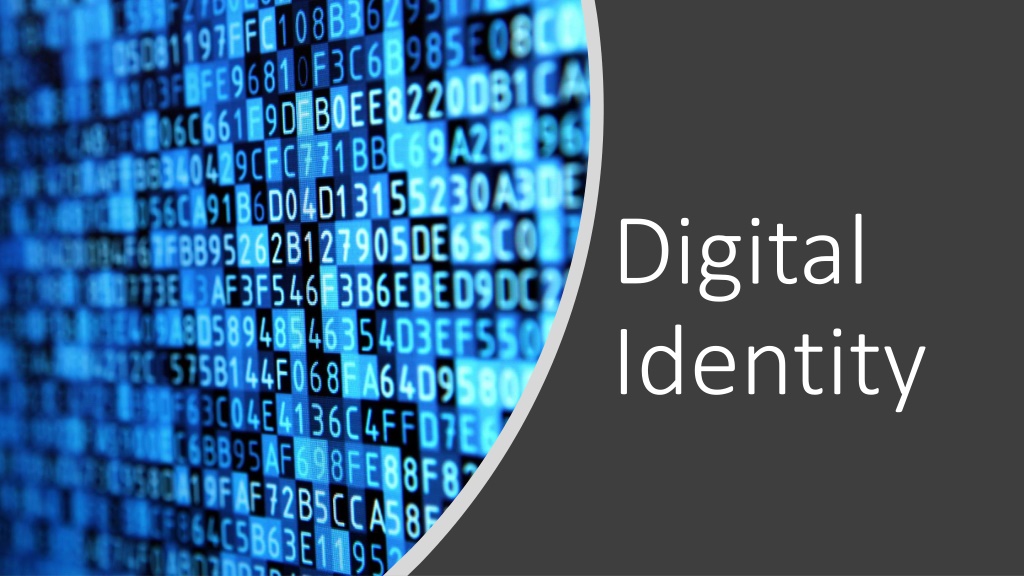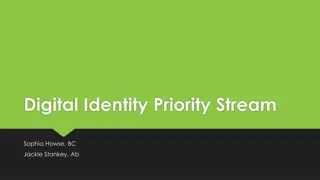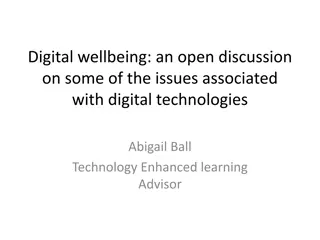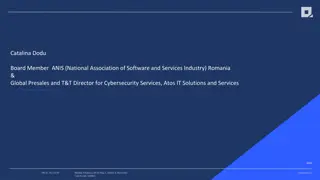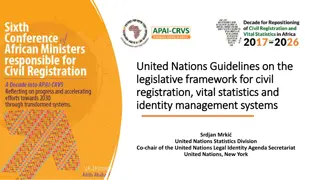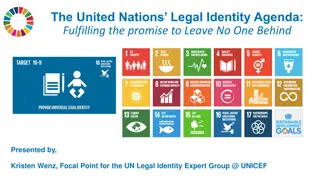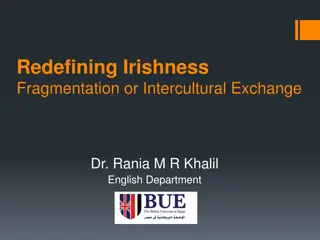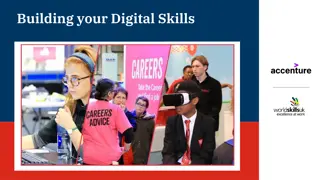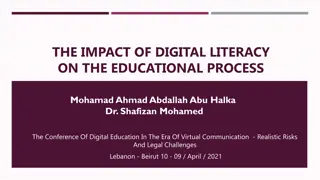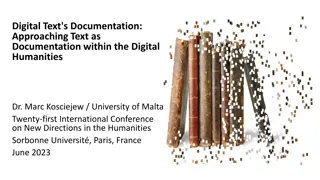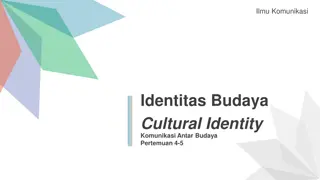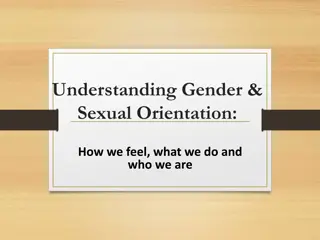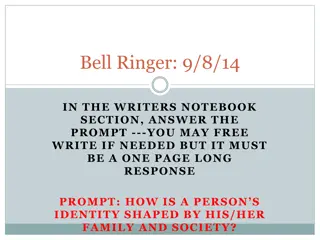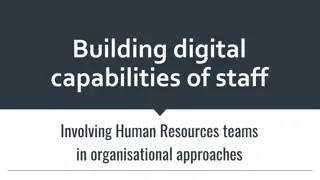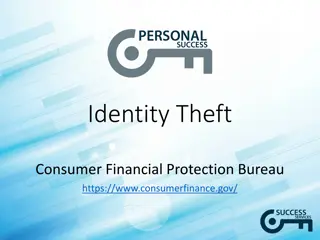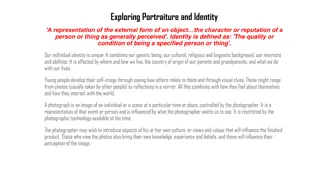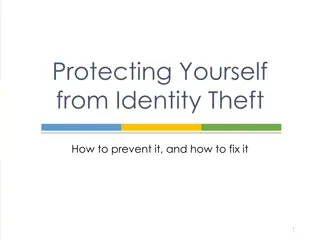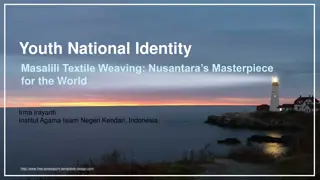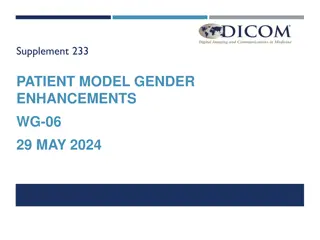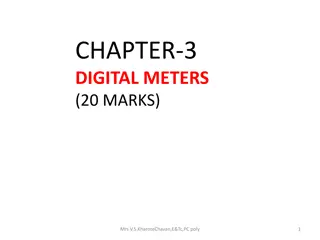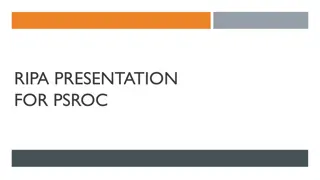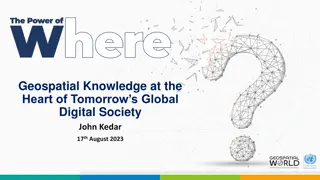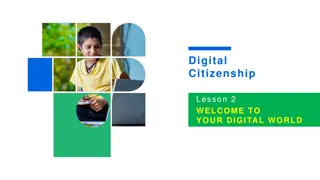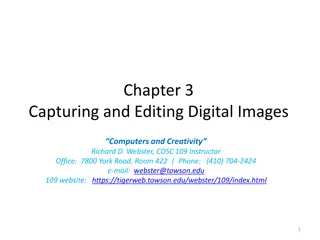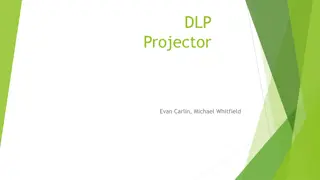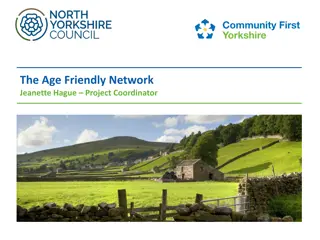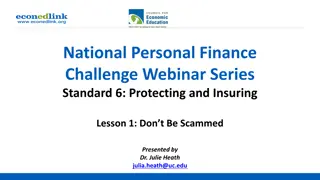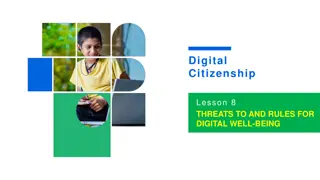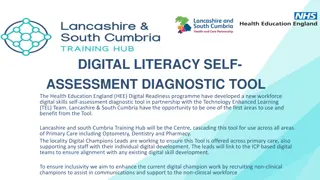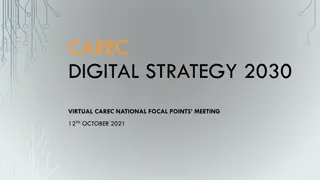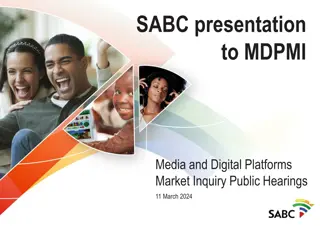Understanding Digital Identity in the Modern Age
Exploring the concept of digital identity, this content delves into the various forms it takes, such as personal information and online behaviors. It discusses the learning outcomes related to digital identity in educational settings, including analyzing bias in digital texts and understanding employer-employee responsibilities. The content also touches on the role of unique identifiers in representing individuals or devices in the digital realm. Additionally, it provides examples of digital identity elements and references a TEDx talk on identity in the digital age by Lory Kehoe.
Download Presentation

Please find below an Image/Link to download the presentation.
The content on the website is provided AS IS for your information and personal use only. It may not be sold, licensed, or shared on other websites without obtaining consent from the author. Download presentation by click this link. If you encounter any issues during the download, it is possible that the publisher has removed the file from their server.
E N D
Presentation Transcript
Digital Identity
Unit 1: Digital Identity Learning Outcomes The student will be able to: 1. Examine different digital identities , such as personal digital identity and those relevant for the workplace. 2. Recognise and critically reflect on the responsibilities of employees and employers with regard to digital media in the workplace. 3. Identify bias in digital texts. 4. Research a topic online and employ criteria for analysing digital texts such as authenticity, authorship, bias, objectivity, accuracy and purpose.
What is Digital Identity? A digital identity is information used by computer systems to represent an external agent a person, organization, application, or device. A digital identity is the body of information about an individual, organization or electronic device that exists online. Unique identifiers and use patterns make it possible to detect individuals or their devices.
Digital identity examples: Personal information, like name and date of birth. Email addresses. Usernames and passwords. Social Security numbers. Passport numbers. Online search activities. Purchasing history or behaviour.
Identity In A Digital Age Lory Kehoe | TEDxDunLaoghaire https://youtu.be/0YTrC6T0roI (10 MINS)
On your chrome books. https://app.socialmediatestdrive.org/ Turn off the voiceover.
